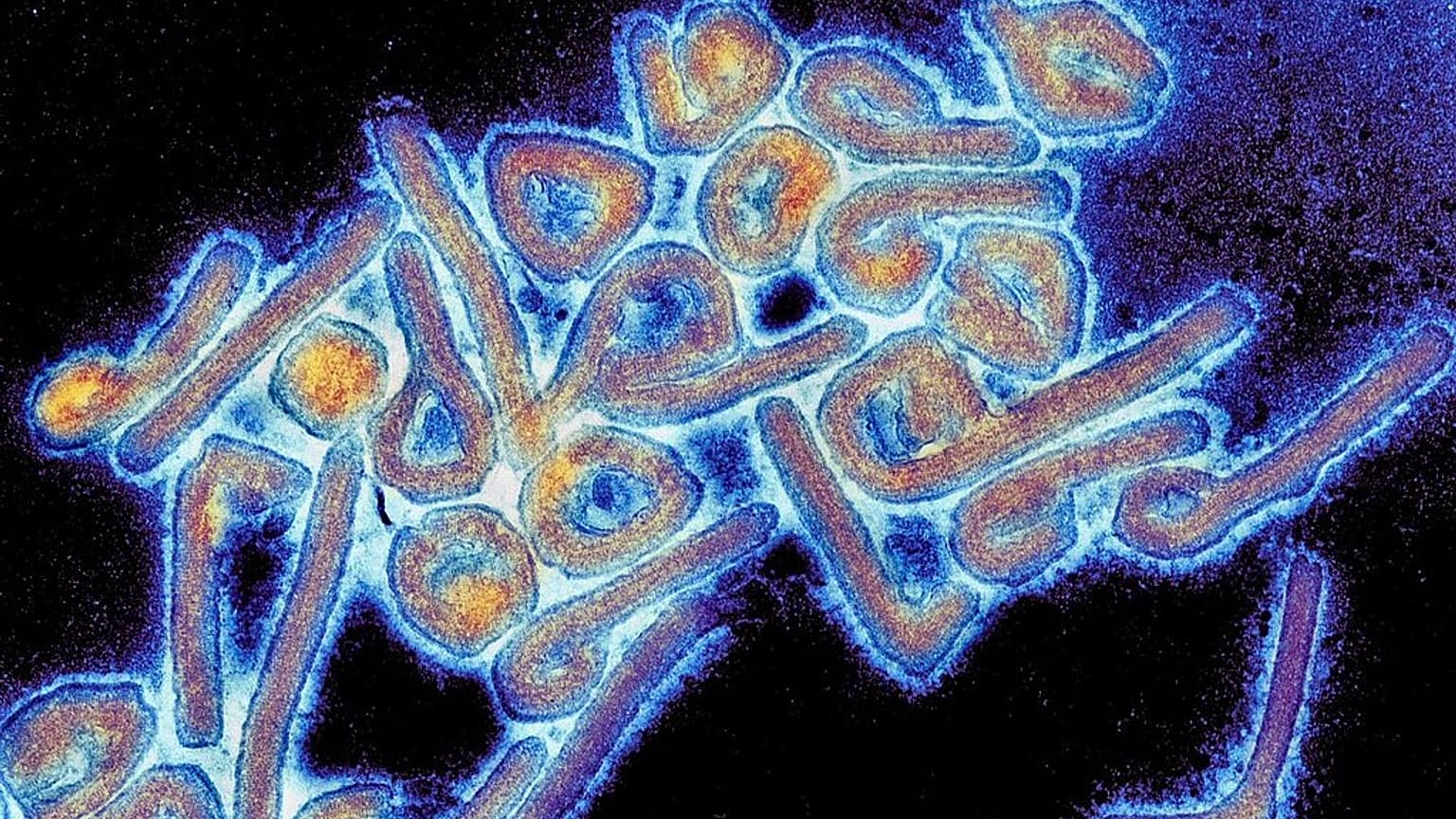The Ebola-related Marburg virus kills around half of those infected but has been fatal in up to 90 per cent of cases.
Eight people in Rwanda have died from an outbreak of Marburg virus, and 26 cases have been identified, according to the country’s health ministry.
This is the first time that Marburg virus, which has a high fatality rate and comes from the same family of viruses as Ebola, has been detected in the country.
Most of the deaths so far have been among health care workers, according to health minister Sabin Nsanzimana, and most cases have been in the capital, Kigali.
There is no approved vaccine or antiviral treatment for Marburg virus, which causes fever and other symptoms similar to Ebola, such as fever, fatigue, diarrhoea and vomiting. It also spreads through direct contact with bodily fluids of infected people and surfaces.
Last year, Tanzania and Equatorial Guinea had Marburg outbreaks that resulted in an estimated 40 deaths. Ghana saw an outbreak in 2022 that killed two family members.
What is Marburg virus?
Marburg virus disease, formerly known as Marburg hemorrhagic fever, is a severe, often fatal illness in humans.
It is named after the town in Germany where the first cases were recorded in 1967.
According to WHO, it is transmitted to humans from contact with fruit bats, a natural host of the virus, and then spreads from human to human through contact with bodily fluids of infected people, and infected surfaces and materials.
Initial symptoms begin abruptly, with high fever, headache and tiredness, with muscle aches and pains a common feature. On the third day of illness, patients can suffer from diarrhoea, abdominal pain, nausea and vomiting.
Between days five and seven, many patients develop severe "haemorrhagic manifestations," meaning bleeding, with fatal cases usually involving some form of bleeding, often from multiple areas.
Patients can start vomiting blood or see it in their faeces, but they can also bleed from the nose, gums, and vagina, according to the WHO.
In fatal cases, death usually occurs around eight or nine days after initial symptoms.
How deadly is Marburg virus?
It is an extremely dangerous virus, with an average case fatality rate of around 50 per cent – although this has varied from 23 per cent to 90 per cent in past outbreaks, depending on the virus strain and the medical care given.
The first cases of the virus were recorded in 1967 in Germany – in Marburg and Frankfurt – and in Belgrade, Yugoslavia (now Serbia).
These early outbreaks were linked to lab work using African green monkeys imported from Uganda.
There have since been a dozen more major outbreaks, mostly in southern and eastern Africa, with cases reported in Angola, the Democratic Republic of the Congo, Equatorial Guinea, Kenya, South Africa, Tanzania, Uganda and now Rwanda.
What’s being done to combat Marburg virus?
While there are no specific treatments for people infected with Marburg virus, a range of therapies and vaccines are under development.
The WHO lists Marburg among the pathogens that could cause the next pandemic, making it a top priority for vaccine development.
In 2023 the WHO brought together experts to assess the most promising vaccine candidates to protect against the disease.
This summer, scientists at the University of Oxford launched the first trials with human participants to test a Marburg vaccine.


















